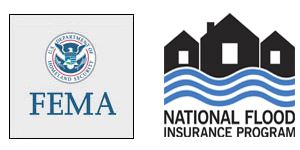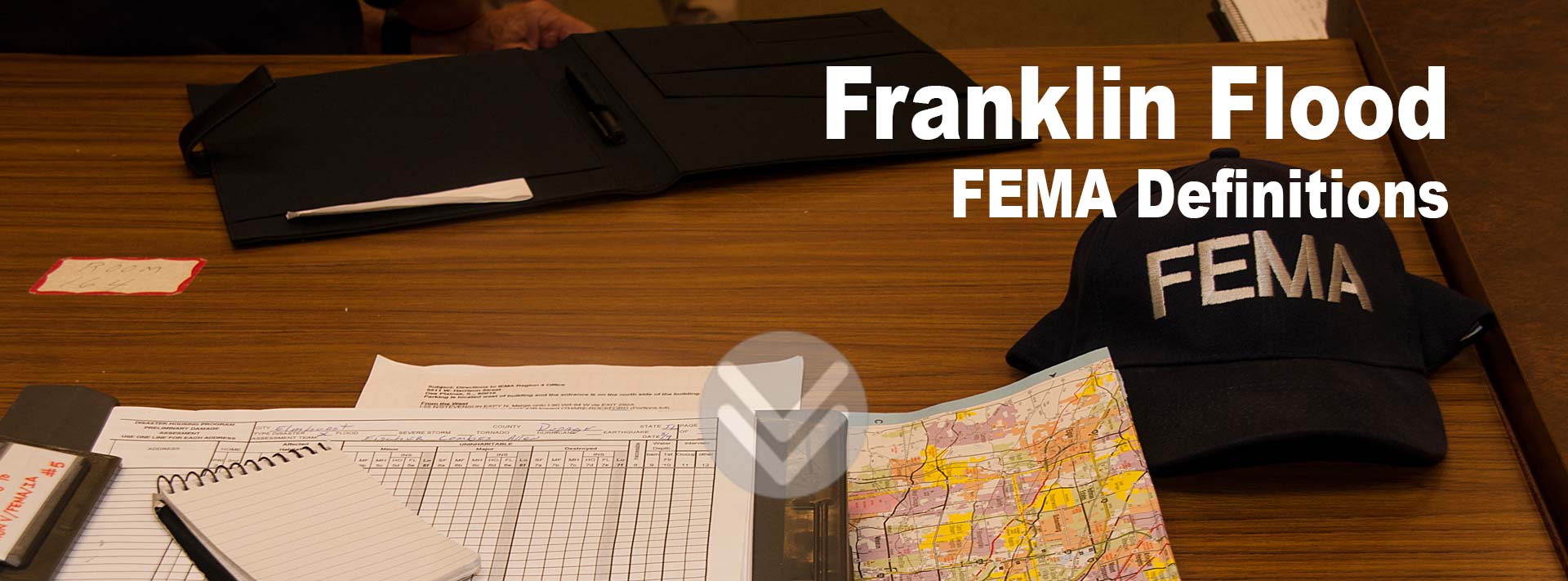| A - B | C | D - F | G - L | M - N | O - R | S - Z |
• Cancellation--The ending of the insurance coverage provided by a policy before the expiration date.
• Cistern--Covered cisterns and the water in them are defined as an integral part of an insurable building, meaning under the building or above ground and physically attached to a side of the building with one of the walls of the building and cistern being common to each other.
• Claims Coordinating Office (CCO)--A clearinghouse for the various insurers who are responding to a multi-peril catastrophe. Through voluntary participation, all losses are reported to the Claims Coordinating Office and are processed to locate address matches among the reported claims. The interest of each carrier is protected as the Claims Coordinator maintains sole control over the policy and loss information. If a match is found, special care is taken to direct the assigned adjuster(s) to a mutually agreeable adjustment or to have one adjuster surrender his/her loss with the assurance that every effort will be made to replace it.
• Closed Basin Lake--A natural lake from which water leaves primarily through evaporation and whose surface area exceeds or has exceeded one square mile at any time in the recorded past. NFIP-insured buildings that are subject to continuous lake flooding from a closed basin lake are covered under the provisions of Standard Flood Insurance Policy.
• Coastal Barrier--A naturally occurring island, sandbar, or other strip of land, including coastal mainland, that protects the coast from severe wave wash.
• Coastal Barrier Improvement Act of 1990 (CBIA)--Enacted on November 16, 1990, the Act greatly expanded the identified land in the Coastal Barrier Resources System established pursuant to the Coastal Barrier Resources Act of 1982.
• Coastal Barrier Resources Act of 1982 (CBRA)--For the purposes of the NFIP, the Coastal Barrier Resources Act of 1982 designated certain portions of the Gulf and East Coasts as undeveloped coastal barriers. These areas are shown on appropriate flood insurance map panels and have certain coverage restrictions.
• Coastal Barrier Resources System (CBRS)--Communities, coastal barriers, and other protected areas identified by the Department of the Interior legislation defined above.
• Coastal High Hazard Areas--Special Flood Hazard Areas along the coasts that have additional hazards due to wind and wave action. These areas are identified on Flood Insurance Rate Maps as Zones V, V1-V30, and VE.
• Coinsurance--A penalty imposed on the loss payment unless the amount of insurance carried on the damaged building is at least 80 percent of its replacement cost or the maximum amount of insurance available for that building under the NFIP, whichever is less. Coinsurance applies only to building coverage under the Residential Condominium Building Association Policy.
• Community--A political entity that has the authority to adopt and enforce floodplain ordinances for the area under its jurisdiction.
• Community Number--A 6-digit designation identifying each NFIP community. The first two numbers are the state code. The next four are the FEMA-assigned community number. An alphabetical suffix is added to a community number to identify revisions in the Flood Insurance Rate Map for that community.
• Community Rating System (CRS)--A program developed by FEMA to provide incentives for those communities in the Regular Program that have gone beyond the minimum floodplain management requirements to develop extra measures to provide protection from flooding.
• Condominium--That form of ownership of real property in which each unit owner has an undivided interest in common elements.
• Condominium Association--The entity made up of the unit owners responsible for the maintenance and operation of:
◦ Common elements owned in undivided shares by unit owners;
◦ Other real property in which the unit owners have use rights;
• where membership in the entity is a required condition of unit ownership.
• Contract Agent--An employee of a WYO Company, or an agent under written contract with a WYO Company, empowered to act on the company’s behalf and with authority to advise an applicant for flood insurance that the company will accept the risk.
• Countywide Map--A Flood Insurance Rate Map that shows flooding information for the entire geographic area of a county, including the incorporated communities within the county.
◦ Collapse or subsidence of land along the shore of a lake or similar body of water as a result of erosion or undermining caused by waves or currents of water exceeding anticipated cyclical levels that result in a flood as defined above.

x
x
Franklin for Agent Toolbox
Flood Insurance is Affordable Again:
The Homeowner Flood Insurance Affordability Act of 2014 (HFIAA), which went into effect July 1, 2014, restores grandfathering and much of the previous affordable rate structure and more reasonable regulations. For the consumer this means that NFIP Flood Insurance is affordable and obtainable again.
For information talk to a licensed Franklin Flood Insurance Agent TODAY

Franklin Flood, LLC, 120 East Uwchlan Ave, Suite 101, Exton, PA 119341 Toll Free 888 567 9600 Fax 610 524 0900


This site and it's contents are protected by United States and International copyright law. Reproduction without permission is prohibited.




